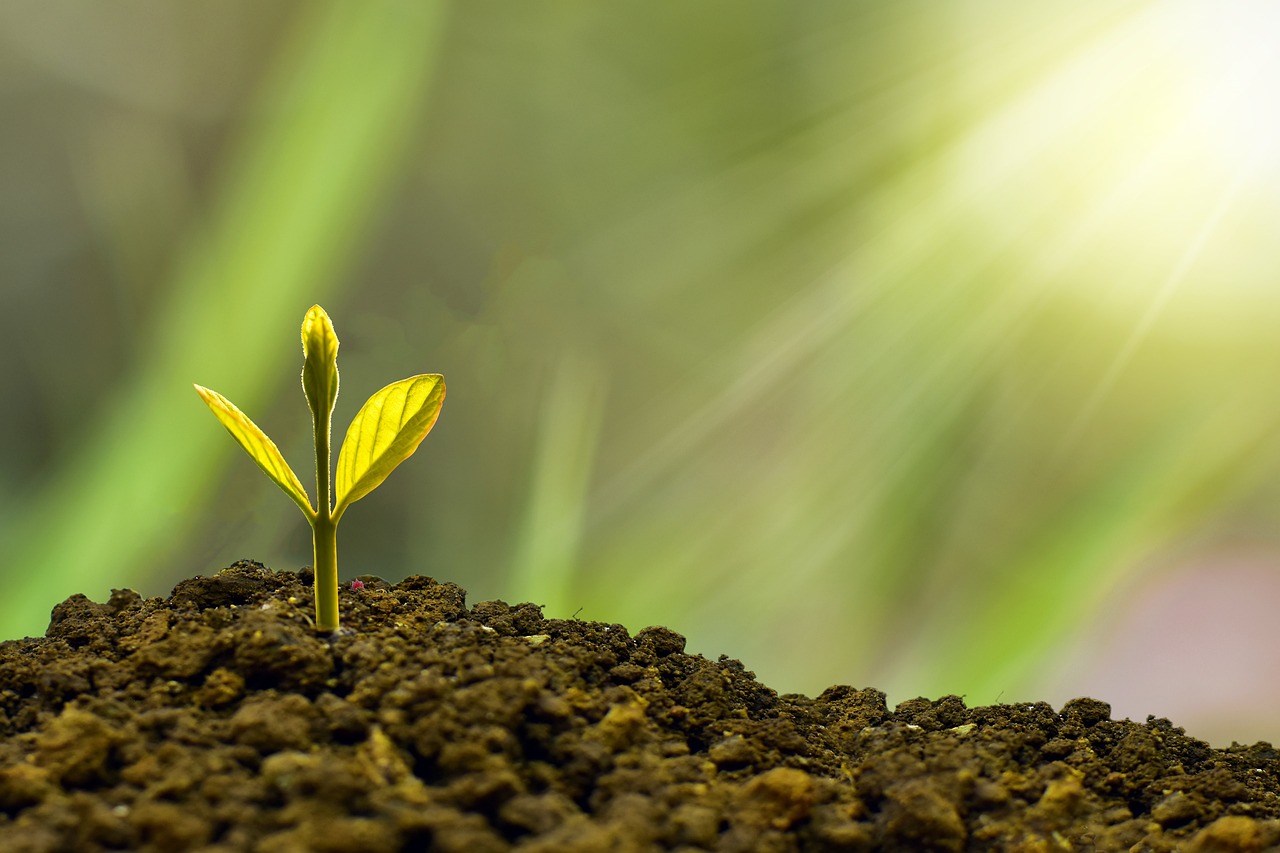As two of the most versatile engineering thermoplastic polymers leveraged across industries like electronics, automotive, and medical devices – understanding the unique properties and custom “plastic molding” processes for both polycarbonate (PC) and ABS enables better material selection and production method decisions.
Polycarbonate (PC) Injection Molding
Offering extreme impact resistance and optical clarity unmet by other rigid plastics, polycarbonate parts satisfy demanding durability and transparency requirements in applications like protective equipment and headlight lenses. However, the amorphous polymer also poses unique “PC resin molding” challenges related to melt flow behaviors, shrinkage rates, bonding tendencies and more that manufacturers must overcome to produce flawless finished components.
Polycarbonate Material Properties and Composition
Polycarbonate belongs to a broader class of materials called polyesters, with the term “polycarbonate” referring specifically to esters of carbonic acid. The long molecular carbonate chains bond together well, yielding excellent strength but also high fluidity during flow. PC resins consist of bisphenol A and phosgene monomers. Additives like UV stabilizers, mold release agents, impact modifiers and flame retardants tailor grades for increased weathering resistance outdoor or minimizing fire risk sensitivity meeting UL standards.
Design and Manufacturing Considerations
Several intrinsic polycarbonate properties impact injection molded part design and production considerations:
Thermal Properties: Polycarbonate melts at 500-530°F then softens gradually before reaching glass transition around 325°F. These transition points guide heating methods like using hot runners maintaining ideal melt viscosity. However, the polymer solidifies quickly as well – exacerbating challenges with sinks, warpage and shrinkage as thick sections cool at far faster rates than thin walls.
Melt Flow Characteristics: The raw plastic liquefies easily under shear but behaves notoriously erratic during fills because low surface tension and rapidly shifting viscosity at melting temperatures enables flash cavitation bubbles to permeate the flowing polymer. Specialized screw geometries and strategic vent placement minimize trapped air pockets causing visible aesthetic defects.
Chemical Resistance: Polycarbonate rates very durable resisting external stresses yet ironically cracks easily under chemical exposure to substances like hydrocarbons, PVC adhesives and solvent cements. Designers select compatible joining methods carefully – avoiding bonds prone to attacking polycarbonate thermomechanically.
By understanding these core material behaviors and accounting for unique PC molding considerations starting early in design stages, engineers mitigate downstream production risks and enhance cosmetic appearance.
Acrylonitrile Butadiene Styrene (ABS) Properties
Sharing many fabrication similarities with polycarbonate and utilized comparably for durable high-impact applications like automotive components and protective casings, ABS injection molding conversely enables decorative finishes not possible with clear PC resin due to versatile secondary operations bonding well with ABS’s styrene content. This section will examine the pros and cons of ABS plastic parts compared to polycarbonate, along with unique “ABS fabrication” parameter considerations like melt temperatures and injection speed impacts on aesthetics.
ABS Composition and Key Characteristics
Acrylonitrile butadiene styrene consists of three distinct monomers lending useful properties:
1. Acrylonitrile contributes thermal stability resistance to heat deflection 2. Butadiene rubber particles impart impact toughness preventing cracks 3. Styrene enables glossy surfaces and broad chemical compatibility for decoration
Common ABS Grades:
- General purpose ABS: Cost-effective basic molding and extrusion grade
- High-heat ABS: Increased heat distortion temp (HDT) approaching 200°F for hotter environments
- High-impact ABS: Maximizes resilient impact strength via higher rubber content
- ABS Alloys/Blends: Combined with PC, PVC, PMMA etc. to optimize qualities
Design and Manufacturing Advantages
ABS retains several advantages over polycarbonate regarding injection molding:
Lower Shrinkage and Warpage: ABS cures with more dimensional stability than PC, reducing defects
Easier Bonding/Machining: Uniform shrinkage enables precision & welding suitability
Decorative Finish Capabilities: From bright chrome plating to simulated woodgrains, ABS accepts varied paints/platings
By leaning on material expertise guiding proper production techniques, ABS and polycarbonate both satisfy complex application requirements with the right preparation and process planning.
In summary, appreciating nuanced injection molding differences between versatile ABS and polycarbonate plastics allows appropriately matching unique material strengths to specialized manufacturing processes required for optimizing complex plastic parts production.




